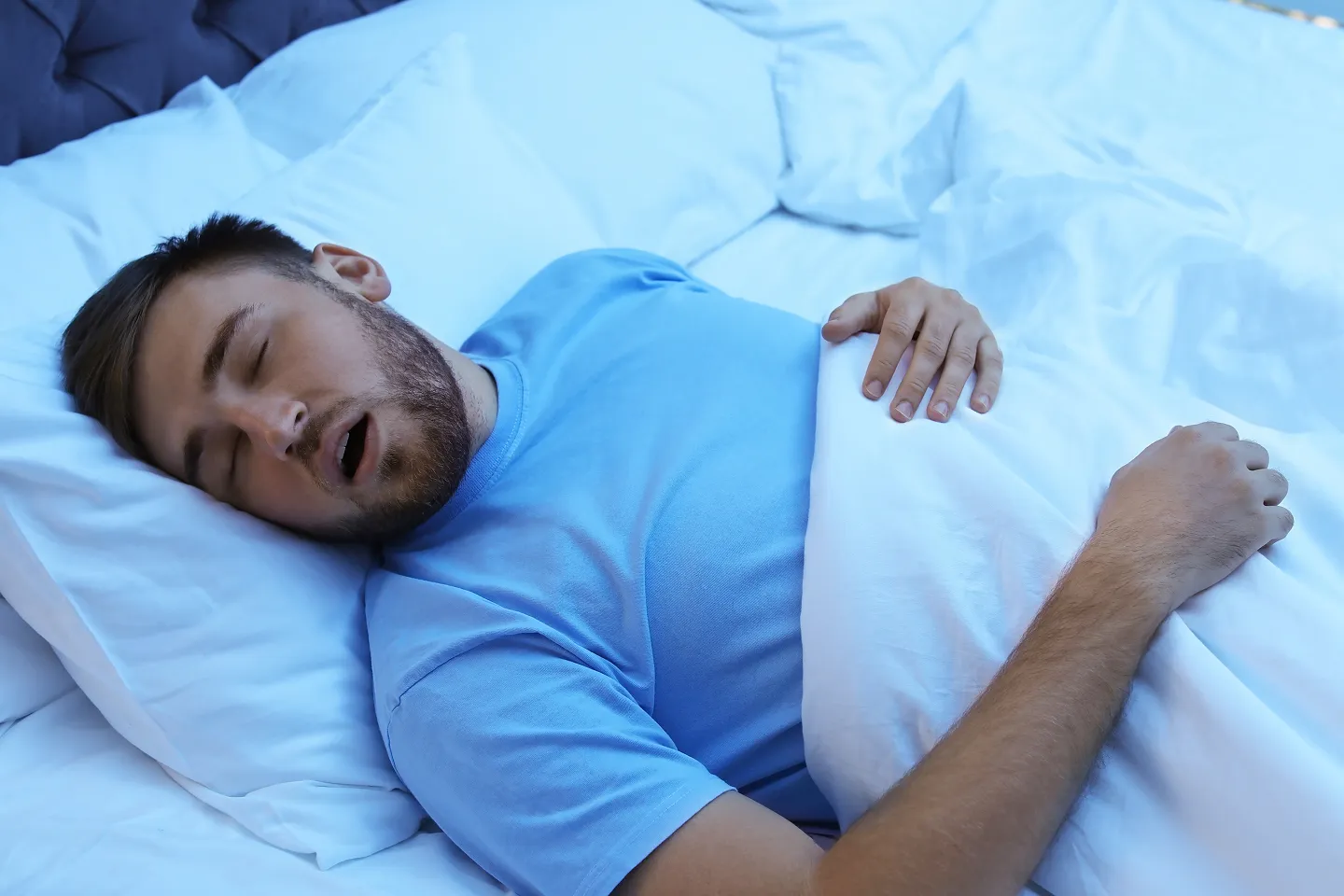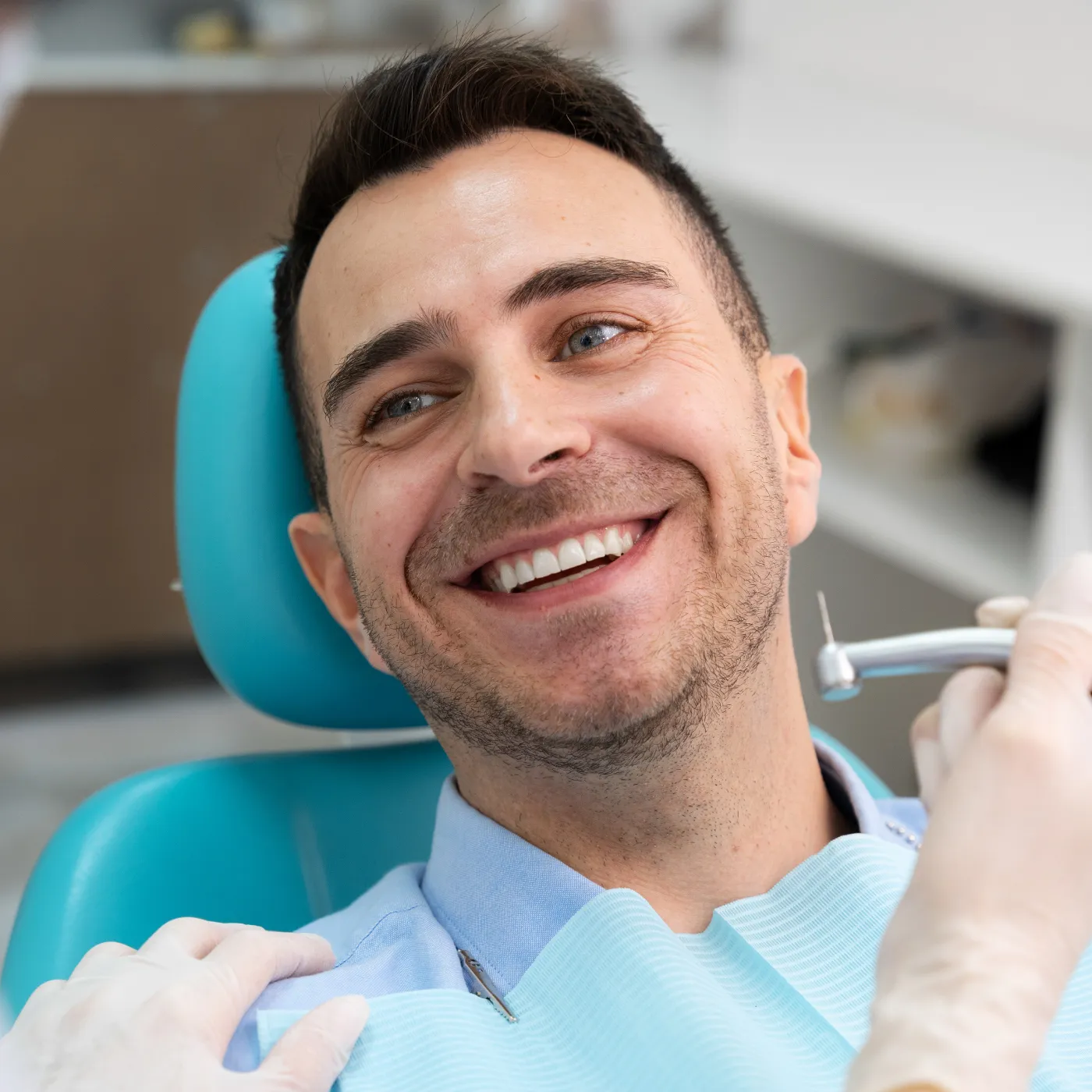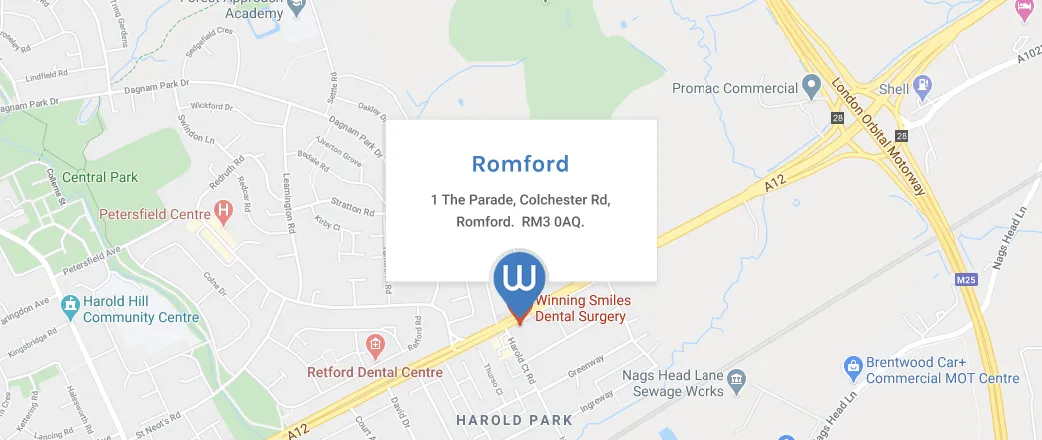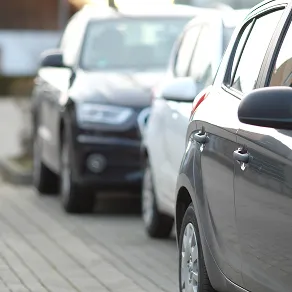Winning Smiles was asked to fit a mouth device to help someone suffering from sleep apnoea, also known as OSA, which often causes EDS (excessive daytime sleepiness). Many of these patients are treated using the CPAP machine, which is a mask worn overnight that forces air through the mouth and nose and down into the lungs to improve oxygenation for snoring/sleep apnoea sufferers. John, along with many OSA patients, found the CPAP machine noisy, uncomfortable, and intrusive, and he was looking for a more comfortable way to eliminate his apnoea and snoring.
Anti-Snoring Device
We fitted an anti snoring device from S4S for John. It didn’t seem all that dramatic to us but the patient called and thanked us, saying that the snoring appliance fitted by Winning Smiles had changed his life – not only is he feeling energised and more alert during the day now, but he has been allowed to drive again (see below).
When the airway is blocked, it stops people from breathing – it’s worse when lying down. When asleep, it’s like people can’t breathe every 20 seconds, and it wakes them up. Like being strangled slowly all night.
Daytime Sleepiness
Excessive daytime sleepiness (EDS) is caused by insufficient oxygen entering the body and poor quality sleep caused by multiple wakings. It’s a common side effect and makes it extremely difficult to achieve what you need during the day.
Effects of EDS include an inability to concentrate, poor memory, reduction in performance, and, in extreme cases, can lead to the sufferer falling asleep unexpectedly. Sleepiness has even been found to increase the chances of having an accident whilst driving by seven times, which is one of the biggest problems for sufferers.
DVLA
The diagnosis of Sleep Apnoea must be reported to the DVLA by law these days:
“You must tell DVLA if you have: confirmed moderate or severe obstructive sleep apnoea syndrome ( OSAS ), with excessive sleepiness. Either narcolepsy or cataplexy, or both. Any other sleep condition that has caused excessive sleepiness for at least 3 months, including suspected or confirmed mild OSAS.”
Furthermore, your sleep specialist must evaluate your level of sleep apnoea and ultimately your fitness to drive.
Once car or motorcycle driving licence holders are successfully treated for OSA, they will be able to drive safely again. This may be reviewed every three years by a sleep specialist.
They do this by measuring your overnight oxygen levels using a monitor. Once these levels fall below a set threshold, the level of sleep apnoea is deemed hazardous for driving, and the patient is disallowed from driving.
The anti-snoring device looks like an upper and lower removable brace with a hook at the front, which is engaged to pull the mandible forward and open the airway when you sleep. Although wearing these devices takes some getting used to, patients report that they are less intrusive (and quieter) than CPAP machines.
Anti-Snoring Device
The anti-snoring device looks like an upper and lower removable brace with a hook at the front, which is engaged to pull the mandible forward and open the airway when you sleep. Although wearing these devices takes some getting used to, patients report that they are less intrusive (and quieter) than CPAP machines.
Important: The success rate for these devices is 80%, which means that 20% of OSA sufferers will still need CPAP.
What Is Sleep Apnoea?
Sleep apnoea happens if your airways become too narrow while you sleep. This stops you from breathing properly. Sleep apnoea has been linked to:
- obesity
- Having a large neck
- getting older – although children and young adults can also get it
- Having other family members with sleep apnoea
- smoking and drinking alcohol
- Having large tonsils or adenoids
- Sleeping on your back






.webp)
